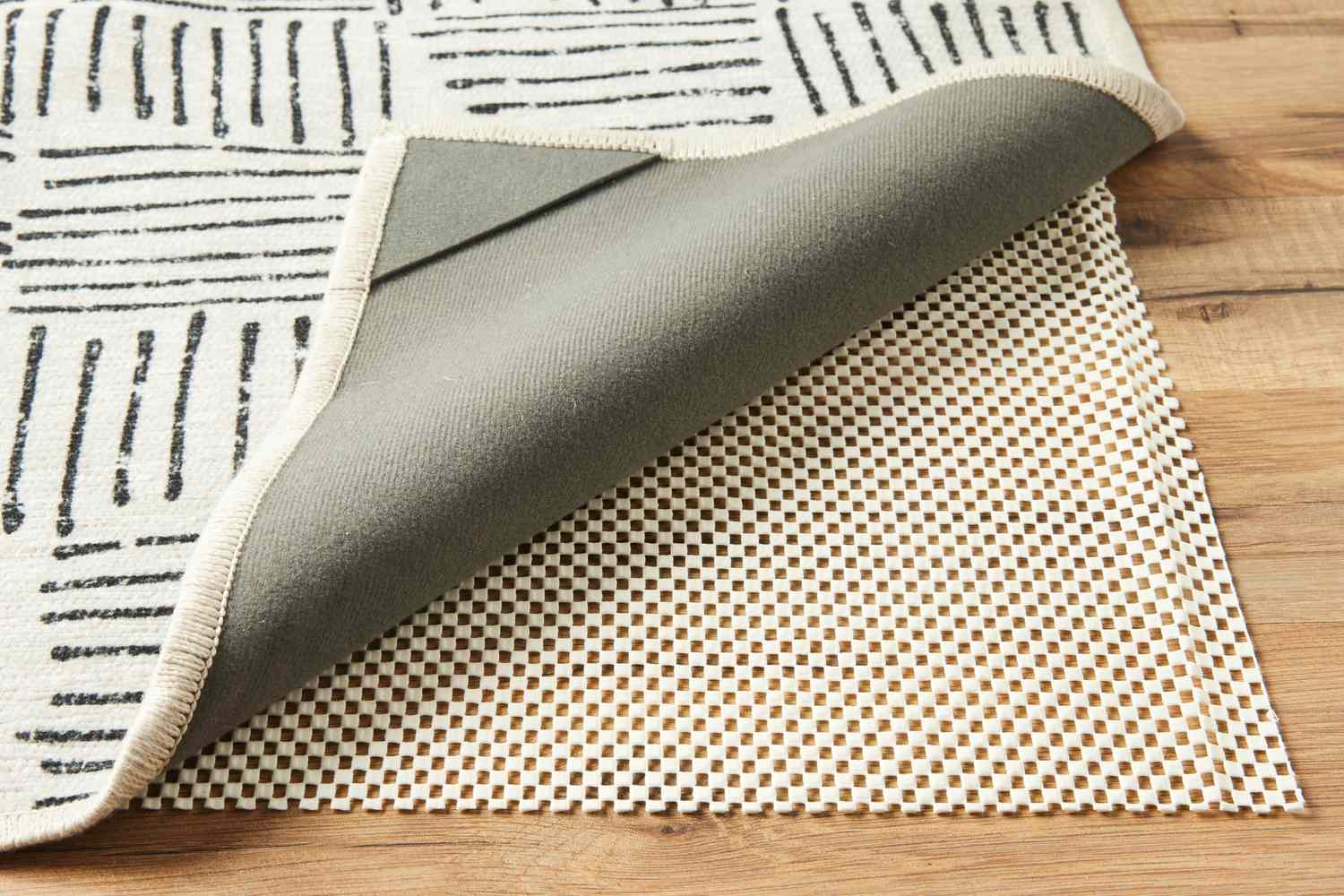
Securing Your Rug: Effective Ways to Stop Sliding
Introduction
Rugs are a versatile and stylish addition to any home, providing comfort and aesthetic appeal. However, a common frustration for many homeowners is dealing with rugs that slide or shift out of place. A slipping rug not only poses a tripping hazard but can also detract from the overall look and feel of a room. In this comprehensive guide, we explore various methods to stop a rug from sliding and answer frequently asked questions to help you maintain a secure and stable rug placement.
1. Rug Pads: The Foundation of Stability
The Solution: High-Quality Rug Pads
One of the most effective ways to prevent a rug from sliding is by using rug pads. These pads provide a stable foundation, creating a barrier between the rug and the floor. Opt for high-quality, non-slip rug pads made from materials like natural rubber or felt.
Installation Tips:
- Cut the rug pad slightly smaller than the rug to ensure it remains hidden.
- Choose a pad with grip on both sides for added stability.
2. Double-Sided Carpet Tape
The Solution: Sticky Support
Double-sided carpet tape is an excellent adhesive solution to keep your rug securely in place. Apply the tape along the edges of the rug, adhering it to the floor surface. Ensure the tape is compatible with your flooring type to avoid any damage.
Installation Tips:
- Clean the floor thoroughly before applying the tape for better adhesion.
- Test a small, inconspicuous area first to avoid any damage to the flooring.
3. Velcro Strips for Rugs
The Solution: Velcro Magic
Velcro strips provide a secure attachment between the rug and the floor. Attach one side of the Velcro to the rug’s underside and the corresponding side to the floor. This method is particularly useful for smaller rugs and carpets.
Installation Tips:
- Use industrial-strength Velcro for better durability.
- Ensure the floor is clean and dry before applying the Velcro strips.
4. Rug Corners Grippers
The Solution: Corner Stability
Rug corner grippers are specifically designed to keep the corners of your rug in place. These grippers adhere to the back of the rug, preventing it from curling or sliding.
Installation Tips:
- Place the grippers on each corner for optimal stability.
- Adjust the grippers periodically to maintain effectiveness.
5. Silicone Caulk
The Solution: Adhesive Bond
Silicone caulk is a versatile solution for securing rugs, especially on hard surfaces. Apply small dots of silicone caulk to the underside of the rug, creating a tacky surface that grips the floor.
Installation Tips:
- Allow the caulk to dry completely before placing the rug.
- Use a small amount to avoid damage to the flooring.
Frequently Asked Questions:
1. Why is my rug sliding on the floor?
Rugs can slide due to various reasons, including smooth flooring surfaces, heavy foot traffic, or insufficient rug padding. Identifying the cause can help you choose the most suitable solution to prevent sliding.
2. Can any rug pad prevent slipping?
Not all rug pads are created equal. To effectively prevent slipping, choose a high-quality rug pad with non-slip properties. Natural rubber and felt pads are popular choices for their durability and grip.
3. Will double-sided carpet tape damage my floors?
Using double-sided carpet tape can damage certain flooring types. It’s crucial to test a small, inconspicuous area first and choose a tape that is safe for your specific flooring material.
4. Are Velcro strips suitable for all rug sizes?
Velcro strips work well for smaller rugs and carpets. For larger rugs, consider using multiple Velcro strips along the edges to ensure proper adhesion and stability.
5. How often should I adjust rug corner grippers?
Periodically check and adjust rug corner grippers to ensure they remain effective. Over time, they may loosen, especially in high-traffic areas, and need repositioning for optimal stability.
6. Can silicone caulk be used on all rug types?
Silicone caulk is suitable for a variety of rug types, but it’s essential to use it sparingly to avoid damaging the rug or the flooring underneath. Test a small area before applying it to the entire rug.
7. Will rug pads work on carpeted floors?
Yes, rug pads are beneficial on carpeted floors as well. They provide an additional layer of cushioning and prevent rugs from bunching or shifting on top of carpeting.
8. How do I clean a rug with adhesive solutions like double-sided tape or silicone caulk?
Follow the manufacturer’s guidelines for cleaning rugs with adhesive solutions. In general, spot cleaning with a mild detergent and water is recommended. Avoid using harsh chemicals that may affect adhesion.
9. Can I use rug pads outdoors?
Not all rug pads are suitable for outdoor use. Look for rug pads specifically designed for outdoor applications, as they are made to withstand the elements and provide slip resistance.
10. Are there alternatives to prevent rug sliding without adhesives?
Yes, aside from adhesives, you can explore alternatives like rug gripper mesh, nonslip rug underlays, or even using furniture to anchor the edges of the rug.
Conclusion
Stopping a rug from sliding involves choosing the right solution based on your flooring type, rug size, and personal preferences. Whether you opt for rug pads, adhesives, or grippers, implementing these solutions will enhance safety, improve aesthetics, and ensure a stable foundation for your rugs. Experiment with different methods to find the one that best suits your needs and enjoy a secure and slip-free rug in your home.
